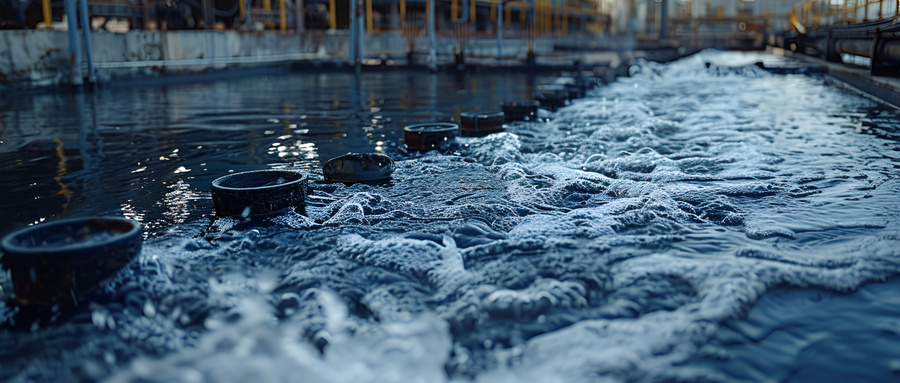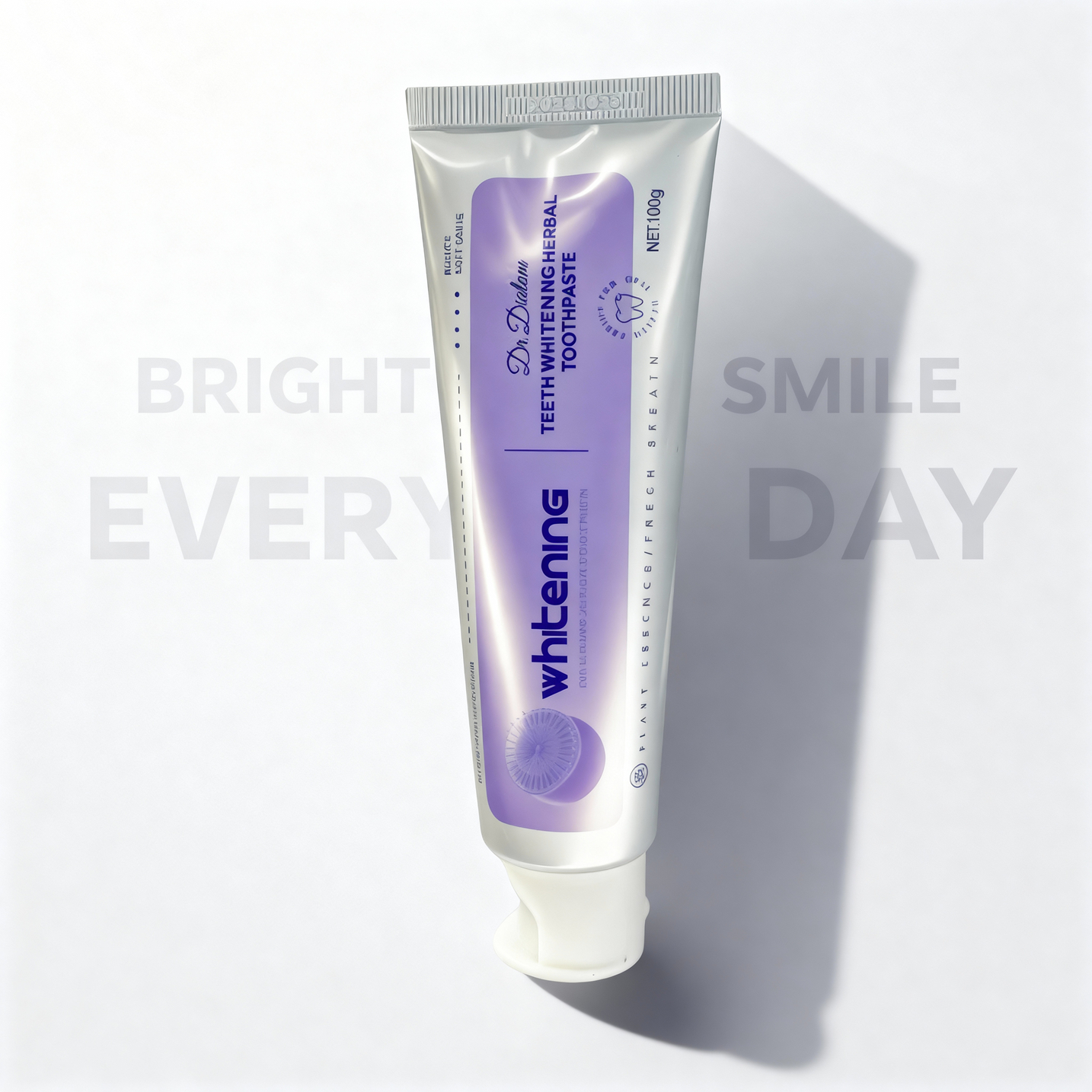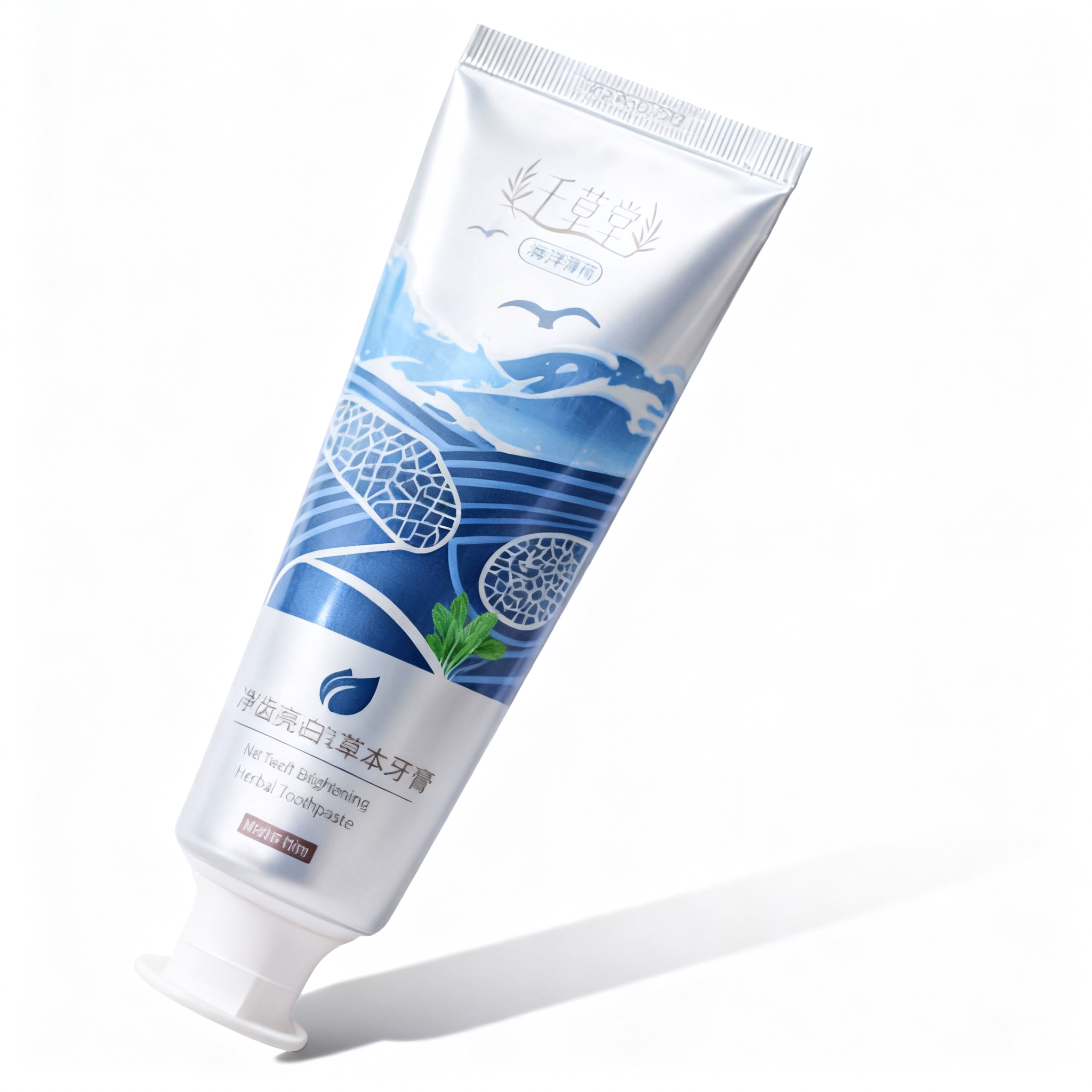
Everything You Need to Know About Activated Carbon Water Filter Systems
Explore how active carbon works, the benefits of using active carbon filters, different types of systems, and how to choose the right one for your needs.
In today's world, clean water is not a luxury—it's a necessity. With increasing concerns about water pollution, many households and businesses are turning to activated carbon water filter systems as a reliable solution for improving water quality. These systems are renowned for their ability to remove impurities, odors, and harmful chemicals, making them a vital component in both residential and industrial water purification.
This comprehensive guide explores how active carbon works, the benefits of using active carbon filters, different types of systems, and how to choose the right one for your needs. Whether you're a homeowner, a health enthusiast, or an environmental engineer, this guide offers authentic, evidence-based insights.

What Is Activated Carbon?
Activated carbon, also known as active carbon, is a form of carbon that has been processed to have a vast surface area with numerous pores. This unique structure makes it exceptionally effective at adsorbing contaminants from gases and liquids.
The material is typically derived from carbon-rich substances like coconut shells, peat, coal, or wood. Through a process called activation—either chemical or physical—the carbon is treated to open up millions of tiny pores that increase its surface area significantly. A single gram of activated carbon can have a surface area of over 3,000 square meters.
This porous nature enables active carbon filters to trap and hold various contaminants as water flows through them. The greater the surface area, the more efficient the adsorption process becomes. Activation also changes the internal structure of the carbon, making it highly porous and chemically reactive.
There are two primary methods of activating carbon:
- Physical Activation: Involves carbonization followed by oxidation. Raw material is heated in an inert atmosphere, then exposed to oxidizing gases at high temperatures.
- Chemical Activation: Uses chemicals like phosphoric acid or potassium hydroxide during carbonization to create the porous structure.
Activated carbon's ability to attract and bind with certain molecules makes it ideal for removing organic compounds, residual disinfectants, and undesirable taste and odor from water.
How Do Activated Carbon Water Filter Systems Work?
Activated carbon water filter systems utilize the process of adsorption to purify water. Unlike absorption, where substances are taken internally, adsorption involves the adhesion of molecules onto the surface of the carbon.
Step-by-Step Breakdown:
- Contaminated Water Entry: Water from a municipal or natural source flows into the filter system.
- Contact with Active Carbon Filter: As water enters the filter, it passes through the active carbon filter, which has a massive surface area due to its porous structure.
- Adsorption of Contaminants: Organic molecules, chlorine, VOCs, and other impurities are drawn to and held on the carbon's surface.
- Clean Water Output: The purified water exits the system, now free of many harmful substances.
The system's efficiency is affected by several variables:
- Flow rate: Slower flow allows more contact time, increasing adsorption.
- Carbon type: Different base materials (e.g., coconut shell) offer different efficiencies.
- Water temperature: Adsorption is more effective at lower temperatures.
- Filter age: Saturated filters become less effective over time.
Understanding how these variables affect performance helps in choosing the right system and maintaining it for long-term use.
What Contaminants Do Activated Carbon Filters Remove?
Activated carbon water filter systems are widely appreciated for their ability to reduce or remove a broad spectrum of contaminants. However, the range of removal depends on the carbon's quality and the system design.
Commonly Removed Contaminants:
- Chlorine and Chloramines: These are disinfectants added to municipal water supplies. Activated carbon effectively removes them, improving taste and smell.
- Volatile Organic Compounds (VOCs): These include industrial solvents and chemicals like benzene, toluene, and formaldehyde.
- Pesticides and Herbicides: Runoff from agricultural activity can introduce harmful chemicals into water supplies.
- Pharmaceuticals: Residues from medications can enter the water system and be adsorbed by active carbon.
- Taste and Odor Compounds: Compounds like geosmin and methylisoborneol (MIB) are responsible for earthy or musty odors.
- Disinfection Byproducts (DBPs): Chemicals formed from the reaction of disinfectants with natural organic matter, like trihalomethanes.
Limitations:
Active carbon filters are not effective for certain contaminants, such as:
Heavy metals: Like lead, mercury, and arsenic
Fluoride
Nitrates
Microorganisms: Bacteria, viruses, and protozoa generally pass through unless the system includes additional barriers
To address these, a multi-stage filtration system may be required.
Types of Activated Carbon Water Filter Systems
There are several categories of activated carbon water filter systems, tailored for specific environments and needs.
1. Granular Activated Carbon (GAC) Filters
These filters consist of loose granules of activated carbon packed in a cartridge or tank.
Applications: Whole-house systems, point-of-entry filters, aquarium systems.
Advantages:
- High flow rate
- Economical
- Easy to replace
Disadvantages:
- Inconsistent filtration
- Channeling may occur, reducing efficiency
2. Carbon Block Filters
These are made by compressing fine carbon powder into a solid block.
Applications: Under-sink filters, countertop systems, portable purifiers.
Advantages:
- More consistent and efficient contaminant removal
- Better particulate filtration
Disadvantages:
- Lower flow rate
- Requires higher water pressure
3. Powdered Activated Carbon (PAC)
PAC is typically used in large-scale or emergency treatment processes.
Applications: Municipal treatment, industrial effluent purification.
Advantages:
- High surface area
- Quick adsorption
Disadvantages:
- Difficult to handle in home systems
4. Inline Carbon Filters
These are compact and often integrated into appliances.
Applications: Refrigerators, coffee machines, water dispensers.
Advantages:
- Space-saving
- Easy to install
Disadvantages:
- Limited capacity
- Shorter lifespan
Advantages of Using Activated Carbon Filter Systems
1. Improved Taste and Odor
Activated carbon eliminates chlorine, sulfur, and other chemicals that affect the sensory quality of water. Users often report that water tastes cleaner and smells fresher.
2. Healthier Drinking Water
By removing various organic compounds and potential carcinogens, active carbon filters contribute to a healthier lifestyle and reduce long-term exposure to harmful substances.
3. Environmentally Friendly
Activated carbon filters are generally free from added chemicals and do not require electricity to operate. This makes them one of the most sustainable filtration choices.
4. Cost-Effective
Compared to reverse osmosis systems or bottled water, carbon filter systems are more affordable in the long run. Maintenance is simple and replacement cartridges are inexpensive.
5. Easy to Maintain
Filter cartridges can be replaced without special tools. Some systems feature indicators to alert when changes are needed.

Limitations and Considerations
Despite their benefits, activated carbon water filter systems have some limitations:
- Finite Lifespan: Filters must be replaced regularly to remain effective. Saturated filters not only stop working but may release trapped contaminants.
- Selective Removal: They do not eliminate heavy metals, microbes, or minerals like calcium and magnesium.
- Flow Reduction: Block filters may slow down water pressure.
- Microbial Growth: If filters remain wet and unused for long periods, they can become breeding grounds for bacteria.
Choosing the right system and following maintenance guidelines can help mitigate these drawbacks.
How to Choose the Right Activated Carbon Filter System
To choose the best active carbon filter system for your needs, consider the following:
1. Analyze Your Water Quality
Test your water to identify specific contaminants. This information will guide you toward the most suitable filter type and pore size.
2. Determine the Scope of Filtration
Decide whether you need a point-of-entry system (whole house) or a point-of-use system (kitchen sink or drinking water tap).
3. Check Certifications
Ensure the system is certified by organizations like NSF International. Certification guarantees that the filter meets certain standards for contaminant removal.
4. Consider Maintenance and Costs
Factor in replacement frequency, cost of cartridges, and ease of installation. Systems with easy-to-replace filters and long lifespan offer better value.
5. Match System Size to Household Needs
High-flow systems are better suited for large families or commercial kitchens. Compact inline filters work well for small households or individual appliances.
Conclusion
Activated carbon water filter systems are one of the most effective, accessible, and eco-friendly methods for purifying water. Whether for home, business, or industrial use, these systems provide dependable protection against a wide range of contaminants.
With a solid understanding of how active carbon works and how to choose and maintain the right active carbon filter, consumers can make informed decisions that promote health, sustainability, and peace of mind.




